Maximizing Yield: The Art of Topping Cannabis Plants
Topping cannabis plants is a time-tested technique used by growers to enhance yield and promote bushier, more robust growth. In this guide, we’ll delve into what topping is, how it benefits your plants, when and how to do it, considerations for different cannabis variations, and essential tips for success.
- Part 1 : What is Topping?
- Part 2 : What Does Topping Do with Your Plants?
- Part 3 : When is the Best Time to Top Your Cannabis Plant?
- Part 4 : How Do You Top Your Plants?
- Part 5 : Can You Top Every Cannabis Variation?
- Part 6 : What Should You Pay Attention To?

Part 1 Topping Cannabis Plants: What is Topping?
Topping stands as one of the fundamental pruning techniques in the cannabis cultivation playbook. It involves the strategic removal of the main growth tip, scientifically known as the apical meristem, from a cannabis plant. This intervention usually occurs during the vegetative stage, before the plant transitions into flowering.
By excising this central growth point, growers effectively redirect the plant’s energy and hormonal flow. Instead of focusing solely on vertical growth, the plant now channels its resources towards lateral expansion. The result? A bushier, more robust plant structure with multiple main colas, rather than a single dominant one.
Topping harnesses the plant’s natural response to adversity. In nature, when the apical meristem is removed by browsing animals or environmental damage, lateral branches below the damage site are triggered to grow more vigorously. This adaptive mechanism ensures the survival and reproductive success of the plant.
In the controlled environment of cannabis cultivation, growers capitalize on this phenomenon to manipulate plant architecture and optimize yield. By stimulating lateral growth through topping, cultivators can cultivate plants with more bud sites and potentially increase overall yield. This technique is especially useful for indoor growers seeking to maximize limited grow space and achieve an even canopy for optimal light distribution.
In essence, topping is a strategic pruning method that unlocks the latent potential of cannabis plants, fostering bushier, more productive growth patterns. With careful timing and execution, growers can harness the power of topping to cultivate robust, high-yielding cannabis crops.

Part 2 Topping Cannabis Plants: What Does Topping Do with Your Plants?
Topping your cannabis plants isn’t just a horticultural whim—it’s a strategic move that pays dividends in plant health, structure, and ultimately, yield. Here’s how topping benefits your green companions:
- Increased Yield: One of the primary goals of cannabis cultivation is to maximize yield, and topping is a powerful tool in achieving this. By snipping off the main growth tip, growers prompt the plant to redistribute its energy towards lateral growth. This lateral expansion results in the development of multiple main colas, rather than a single dominant one. With more colas comes more bud sites, translating to larger and more plentiful buds at harvest time.
- Improved Canopy: A healthy, even canopy is essential for maximizing light penetration and promoting uniform bud development throughout the plant. Topping plays a crucial role in canopy management by encouraging lower branches to grow and reach upwards towards the light source. This redistribution of growth helps create a more uniform canopy, ensuring that all parts of the plant receive adequate light for photosynthesis and bud production.
- Bushier Growth: Topping isn’t just about increasing yield—it’s also about shaping the overall structure of the plant. By removing the main growth tip, growers stimulate the growth of lateral branches, resulting in a bushier, more robust plant architecture. This bushier growth not only enhances the plant’s ability to support heavy yields but also increases the overall surface area available for photosynthesis. As a result, topped plants often exhibit greater resilience and vigor, with the potential to produce larger, denser buds.
In essence, topping your cannabis plants is a strategic maneuver that unlocks their full potential for growth and productivity. By encouraging lateral expansion, promoting an even canopy, and fostering bushier growth, topping sets the stage for a bountiful harvest of high-quality buds.
Part 3 Topping Cannabis Plants: When is the Best Time to Top Your Cannabis Plant?
Timing is key when it comes to topping your cannabis plants for optimal results. While the technique can be performed at various stages of growth, the early vegetative stage is widely considered the best time to execute topping.
Typically, topping is performed when the plant has developed several sets of true leaves but has not yet begun to flower. At this stage, usually around 3-4 weeks after germination for most strains, the plant has established a solid root system and robust vegetative growth.
By topping during the early vegetative stage, growers allow the plant ample time to recover and redirect its growth energy towards lateral branching. This timing ensures that the plant has sufficient time to produce new growth and develop a bushier, more robust structure before transitioning into the flowering stage.
Performing topping too early, such as during the seedling stage, can hinder the plant’s growth and recovery, while topping too late, such as during the late vegetative stage or early flowering, may not yield the desired results and can delay flowering.
In summary, the best time to top your cannabis plant is during the early vegetative stage when it has developed several sets of true leaves but has not yet begun to flower. This timing allows for optimal recovery and redirection of growth energy towards lateral branching, ultimately leading to a bushier, more productive plant.
Part 4 Topping Cannabis Plants: How Do You Top Your Plants?
Topping your feminized cannabis plants requires precision and care to ensure successful results. Follow these steps to execute topping effectively:
- Identify the Growth Tip: Begin by locating the main growth tip at the top of the plant, where the newest growth is occurring. This is typically the highest point on the plant and may be identified by the presence of a cluster of new leaves.
- Prepare Your Tools: Before making any cuts, ensure that you have sharp, clean scissors or pruning shears on hand. It’s essential to use sharp tools to make clean cuts that minimize damage to the plant. Additionally, sanitize your tools with rubbing alcohol or a disinfectant to prevent the spread of pathogens between plants.
- Make the Cut: Once you’ve identified the growth tip, carefully position your scissors or pruning shears just above the node below the growth tip. The node is the point where the leaf meets the stem. Make a clean, diagonal cut above the node, removing the entire growth tip. Be sure to leave a small portion of the stem intact to facilitate healing and prevent damage to the surrounding tissue.
- Monitor Growth: After topping your plants, monitor their progress closely to ensure they recover well and begin to produce new lateral growth. Provide adequate nutrients, water, and light to support their growth during the recovery period. Over the following days and weeks, you should observe new shoots emerging from the nodes below the cut, indicating successful lateral branching.
Topping can be a stressful process for plants, so it’s essential to provide them with optimal conditions and care to support their recovery. With proper attention and monitoring, topped plants will soon demonstrate increased bushiness and the development of multiple main colas, setting the stage for a bountiful harvest.
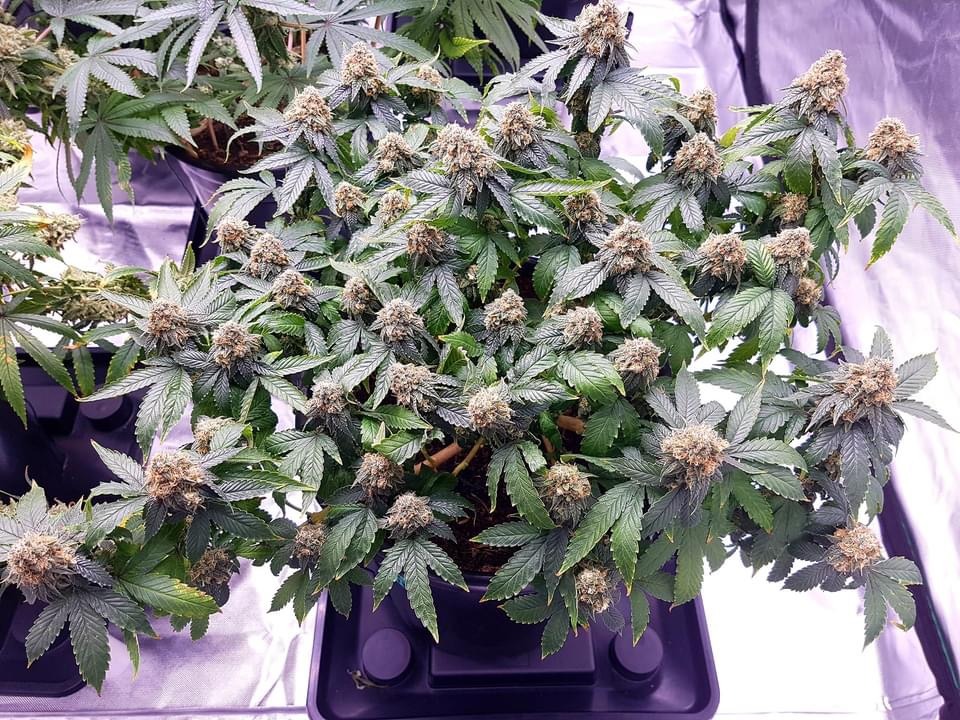
Part 5 Topping Cannabis Plants: Can You Top Every Cannabis Variation?
Topping stands as a powerful tool in the cannabis grower’s arsenal, capable of transforming plants into bushy, high-yielding specimens. However, the applicability of topping varies depending on the genetic makeup and growth characteristics of different cannabis variations. While topping is generally effective across many strains, there are important considerations to keep in mind when deciding whether to top your plants.
Sensitivity to Topping:
Not all cannabis variations respond equally to topping. Some strains may exhibit greater sensitivity to the stress caused by topping and may require more time to recover. This sensitivity can manifest in slower growth, delayed flowering, or increased susceptibility to pests and diseases.
Indica-dominant strains, for example, tend to have denser foliage and may respond well to topping, resulting in increased branching and bud development. On the other hand, sativa-dominant strains, with their tendency towards stretchy growth, may be more challenging to top successfully. Additionally, hybrid strains may display a range of responses to topping depending on their genetic makeup and lineage.
Autoflowering Considerations:
Autoflowering strains present unique challenges when it comes to topping. Unlike photoperiod strains, which transition into flowering in response to changes in light cycle, autoflowering strains flower based on age, typically around 2-4 weeks after germination. As a result, autoflowering strains have a limited vegetative period during which topping can be performed.
Topping autoflowering strains can disrupt their growth cycle and may lead to stunted growth or reduced yields. Since autoflowering plants have a finite window of vegetative growth, any stress or interruption during this period can significantly impact their overall development. As such, many growers opt to avoid topping autoflowering strains altogether and instead focus on low-stress training (LST) techniques to manipulate plant shape and maximize yield.
Experimental Considerations:
While certain cannabis variations may be more challenging to top, growers with experience and a willingness to experiment may still choose to explore topping as a means of enhancing yield and plant structure. Through careful observation and adaptation, growers can learn how different strains respond to topping and develop strategies to mitigate any negative effects.
Experimentation with topping may involve adjusting the timing of topping, varying the number of nodes removed, or combining topping with other training techniques such as LST or ScrOG (Screen of Green). By carefully monitoring plant health and growth patterns, growers can fine-tune their approach to topping and maximize its benefits across a range of cannabis variations.
In conclusion, while topping is a widely used technique for enhancing yield in cannabis cultivation, its applicability may vary depending on the genetic characteristics of different strains. Sensitivity to topping, particularly among indica, sativa, and hybrid strains, as well as the limited vegetative period of autoflowering strains, should be taken into account when deciding whether to top your plants. With careful consideration and experimentation, growers can optimize their approach to topping and unlock the full potential of their cannabis crops.

Part 6 Topping Cannabis Plants: What Should You Pay Attention To?
When it comes to topping your feminized cannabis plants, attention to detail is key to achieving successful results. Here are some important factors to consider and monitor throughout the topping process:
Recovery Time:
After topping your cannabis plants, it’s crucial to allow them sufficient time to recover before transitioning into the flowering stage. Topping introduces a degree of stress to the plant, and it needs time to redirect its growth energy towards new lateral growth. Typically, you can expect the recovery period to last around 1-2 weeks. During this time, keep a close eye on your plants for signs of new growth emerging from the nodes below the cut. This indicates that the plant is responding well to topping and is on its way to recovery.
Training Techniques:
While topping alone can significantly enhance yield and plant structure, consider complementing it with other training techniques for even greater results. Low Stress Training (LST) involves gently bending and tying down branches to create a more even canopy and maximize light exposure to all parts of the plant. Similarly, Screen of Green (ScrOG) involves using a screen or net to support and train branches, resulting in a more uniform canopy and increased bud development. By combining topping with these techniques, you can further enhance yield and promote healthy, robust growth.
Genetics:
The genetic makeup of your cannabis strains plays a significant role in how they respond to topping. Some strains may be more vigorous and resilient, while others may be more sensitive to stress. Before proceeding with topping, research the characteristics of your specific strain to determine its suitability for this technique. Pay attention to factors such as growth patterns, branching tendencies, and overall vigor. Additionally, consider experimenting with different strains to observe how they respond to topping and tailor your approach accordingly.
Overall Plant Health:
Throughout the topping process, closely monitor the overall health and vitality of your cannabis plants. Healthy plants are better equipped to recover from topping and thrive throughout the remainder of their growth cycle. Ensure that your plants are receiving adequate nutrients, water, and light, and address any issues promptly to prevent setbacks. Regularly inspect your plants for signs of stress, nutrient deficiencies, or pests, and take appropriate action as needed to maintain optimal plant health.
By paying attention to these key factors and taking a proactive approach to plant care, you can master the art of topping your feminized cannabis plants and unlock their full potential for bountiful harvests. With careful timing, proper technique, and a keen eye for detail, topping can be a valuable tool in your cannabis cultivation toolkit, leading to healthier plants and higher yields.
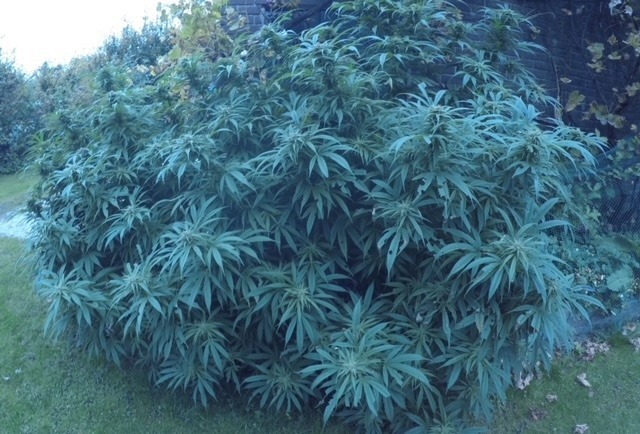
The Art and Science of Low-Stress Training (LST)
Mastering the Art of Screen of Green (SCROG)
The pros and cons of cannabis defoliation

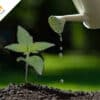

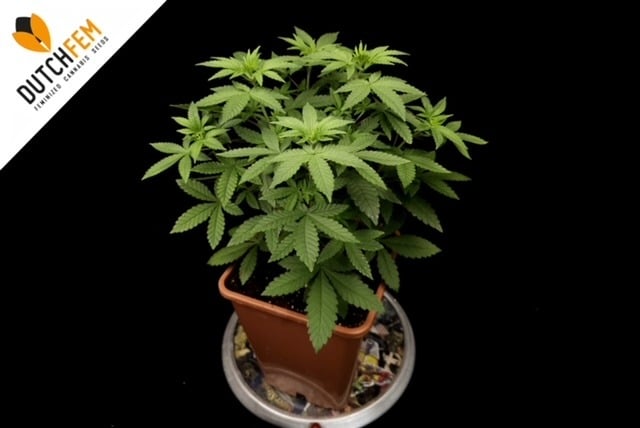
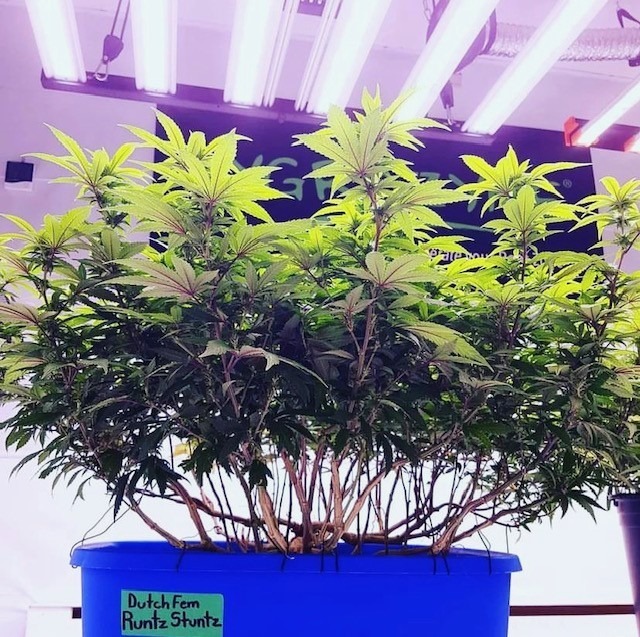







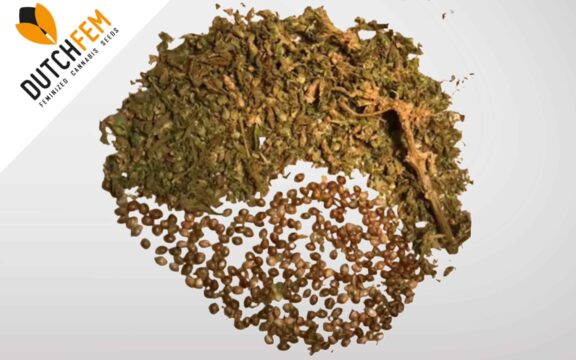






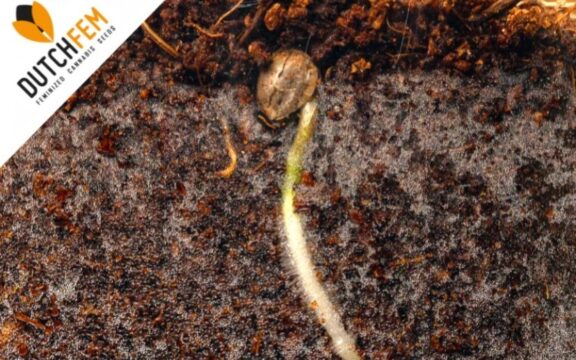






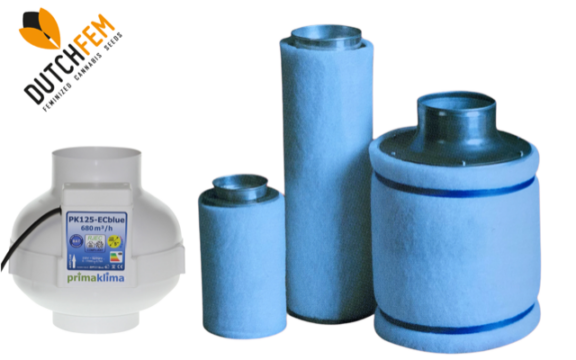






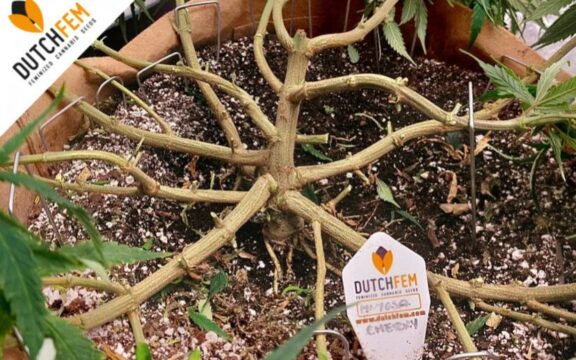




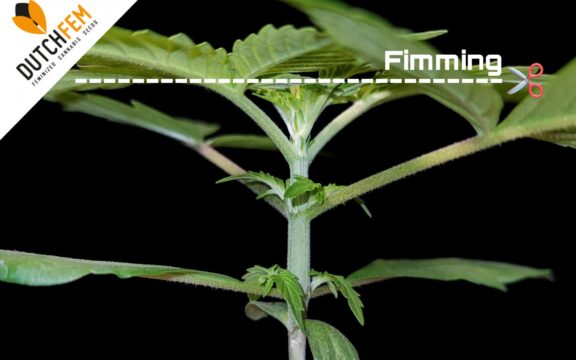




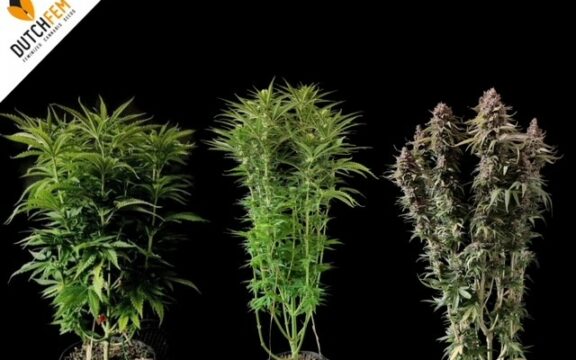





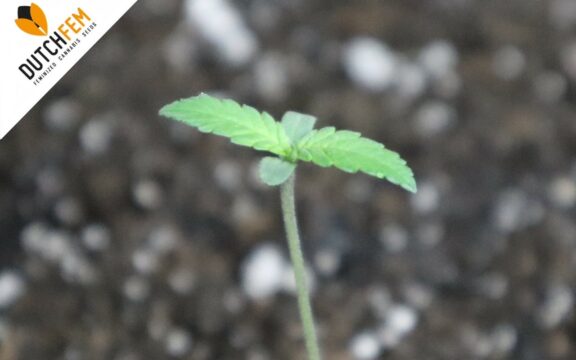

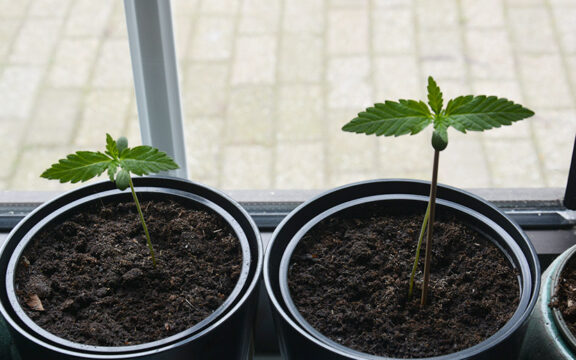
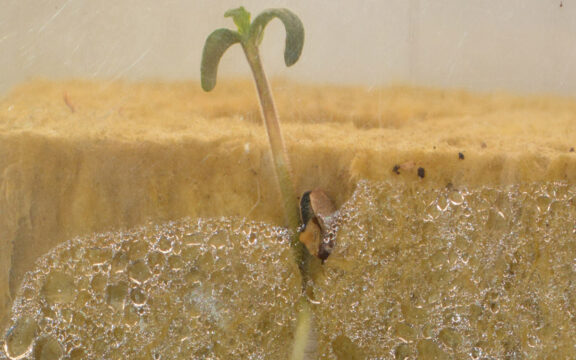




You must be logged in to post a comment.